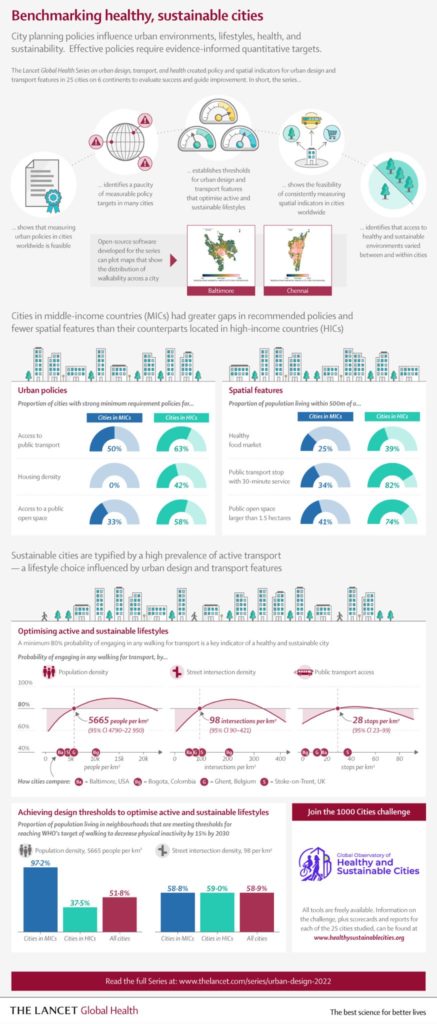I coauthored a recently published article in Building and Environment which systematically reviews perspectives on and approaches to social equity in the built environment. From the abstract:
Equity in the built environment refers to the extent to which the built environment meets the needs of different groups through planning, design, construction, operation, management, and regulation. Though much studied in recent years, some needs and groups have received a greater research focus than others, and significant inequities continue to exist. Following PRISMA guidelines, we systematically reviewed the distributional and recognitional aspects of inequities experienced by vulnerable groups regarding their needs while using/occupying different types of built environments. We find that more studies focus on inequities regarding residential buildings, transportation facilities, and public open spaces, whereas comparatively few studies examine water and energy infrastructure, commercial buildings, educational buildings, and healthcare facilities. More studies focus on well-being, mobility, and access needs than shelter and safety needs. Inequities experienced by minorities, people with low socioeconomic status, people with health concerns, and vulnerable age groups receive more attention than the inequities experienced by people with gender/sexual-orientation vulnerability or displaced groups. The literature exhibits a relatively narrow focus on some subgroups, such as refugees, people experiencing homelessness, people with cognitive differences, people with visual or hearing impairments, children, and women. We argue that these findings demarcate high-impact future research directions to address vulnerable groups’ needs worldwide and suggest measures to alleviate inequities in the built environment.
For more, check out the article itself in Building and Environment.
